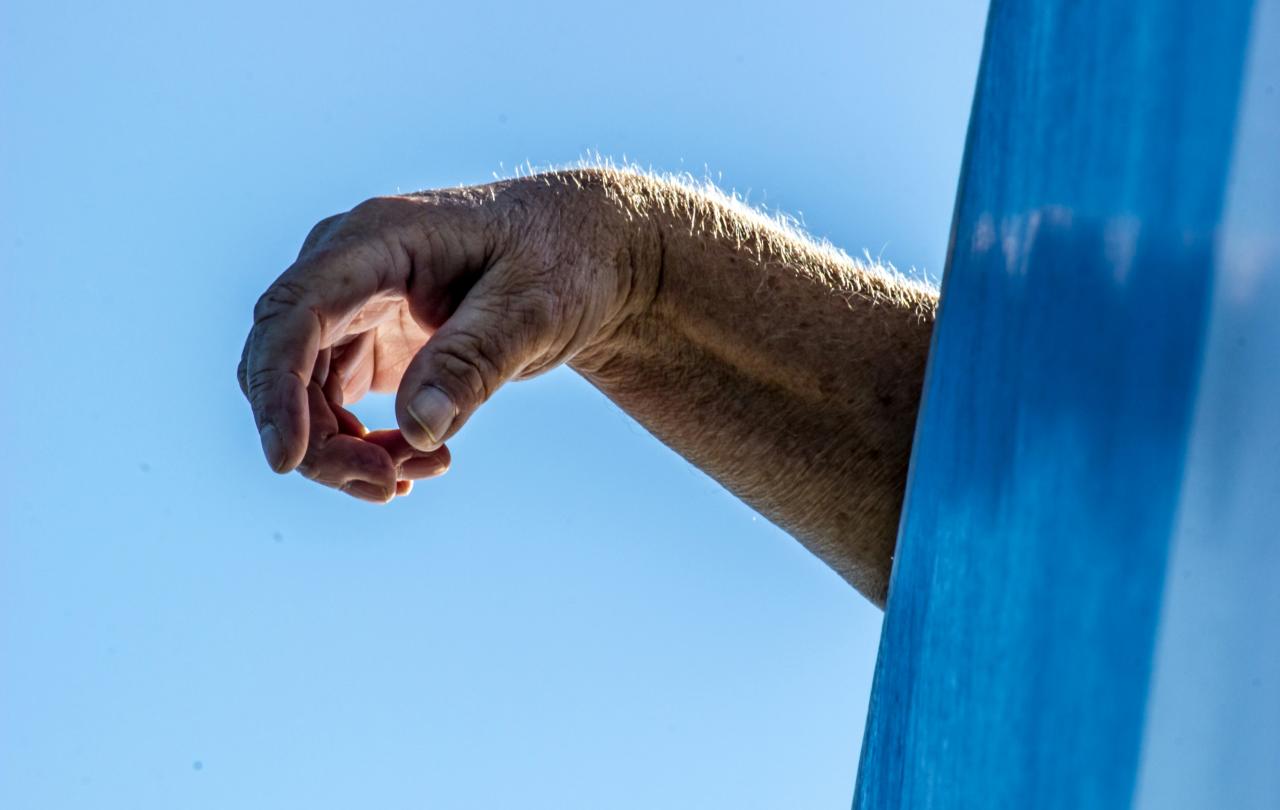I suspect Kim Leadbeater was echoing a conviction at home in the Christian faith. That is, try as we might to keep death at a distance and restrict it to a faraway frontier, the life of human beings involves death. I don’t simply mean the biological death we witness—the deaths of friends, relatives, or even strangers. I mean death intrudes upon the way we experience life. Death is more than simply biological.
The fear of death belongs in this category. For some, the impending loss of relationships and joys casts a shadow over life, giving birth to apprehension. Death is not simply a factual matter but something that exerts power and influence. Or take disease and illness. Built into the notion of terminal illness is the idea that the sickness borne by a human body will ultimately bring about that body’s death. That body already speaks of its death. Death is making itself felt in advance.
And so, death is more than a biological event. Even living things can bear the marks of death.
This is no novel claim. The creation account recorded in the Bible says that in the beginning, there was good. But an intruder appears. In the wake of humanity’s choice to go its own way rather than the way of its Maker, death arrives on the scene. And death is an imposter—not simply a physiological fact at the end of the road, but a destructive and alien presence in God’s good world.
Understood in this way, death is not something that God intends humans simply submit to. Death is something to protest. This is why Kim Leadbeater’s comment gets at something important: this kind of death should be protested. The marks of death should not be accommodated, because they do not belong to the goodness of what God has made.
At the heart of the Christian faith is God’s own ultimate protest against the force of death. Christians celebrate that God himself came in the man Jesus to “destroy death.” This is plainly more than biological. Jesus came to free humanity from the entirety of death’s grip. Hence why, when Jesus speaks of “eternal life” he means more than endless biological existence. He means liberation from all the havoc that death brings to bear within God’s world. To the Christian imagination, the power of death must be protested because God protested it first.
The question is how to protest death. Within the framework of the bill, shortening death or terminal illness is identical with ending life. This is the only form protesting death can take.
But the Christian faith makes a far more radical claim: God alone overcame death by dying. This is the point: Jesus was the one—the only one—who emerged resurrected victor in the contest with the power of death. In seeing his death and resurrection, an unshakeable hope emerges. Death is not the victor. And this hope stands above our present experience of death—in whatever form—and, at the same time, calls us to join the protest.
Ethicist Stanley Hauerwas once wrote: “it seems odd that in the name of eliminating suffering, we eliminate the sufferer.” I have deliberately avoided discussing suffering, not least because it would take me too far afield. Yet Hauerwas has put his finger on what I’m getting at. Protesting death—in the big sense—belongs to the Christian faith. Protesting suffering and pain, economic and racial injustice, fractured relationships and broken societies, are all part of this protest. But can eliminating those who live within the shadow of death be part of this protest? I think not. The Christian faith believes there is only one who can overcome death in this way, and that is God himself—who has already done it.


